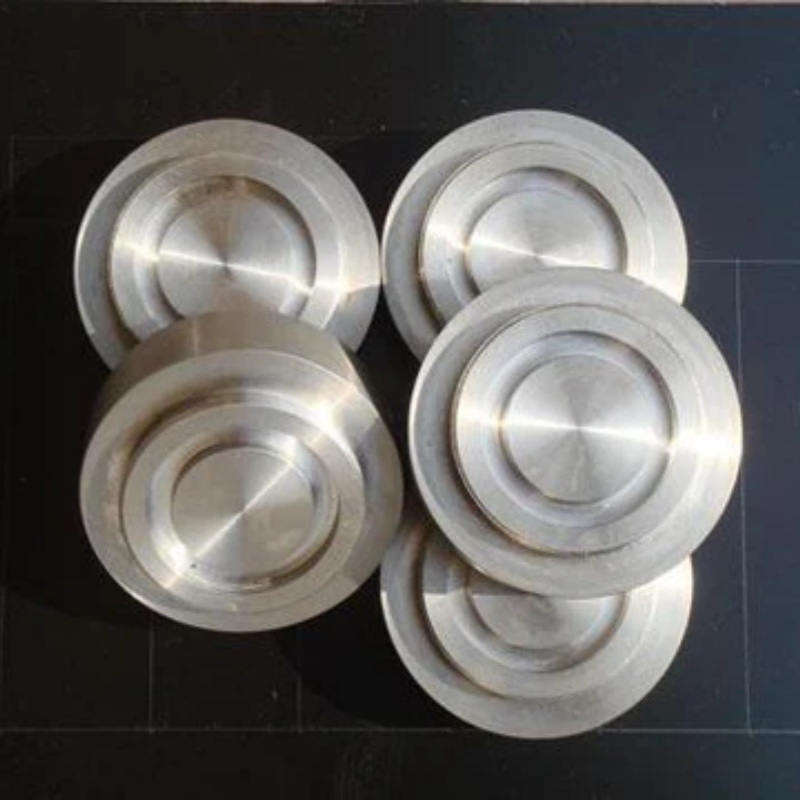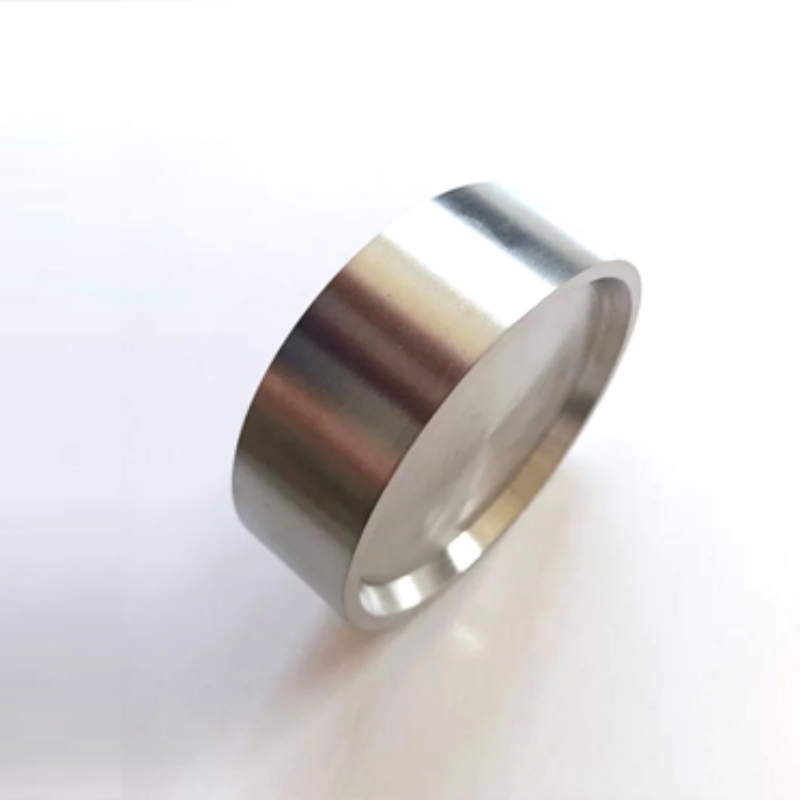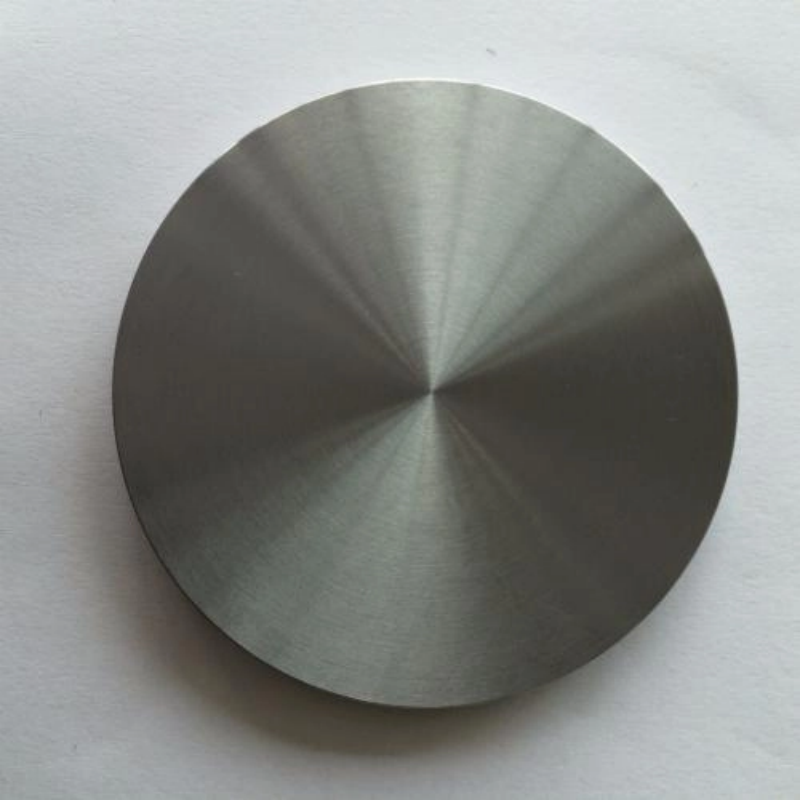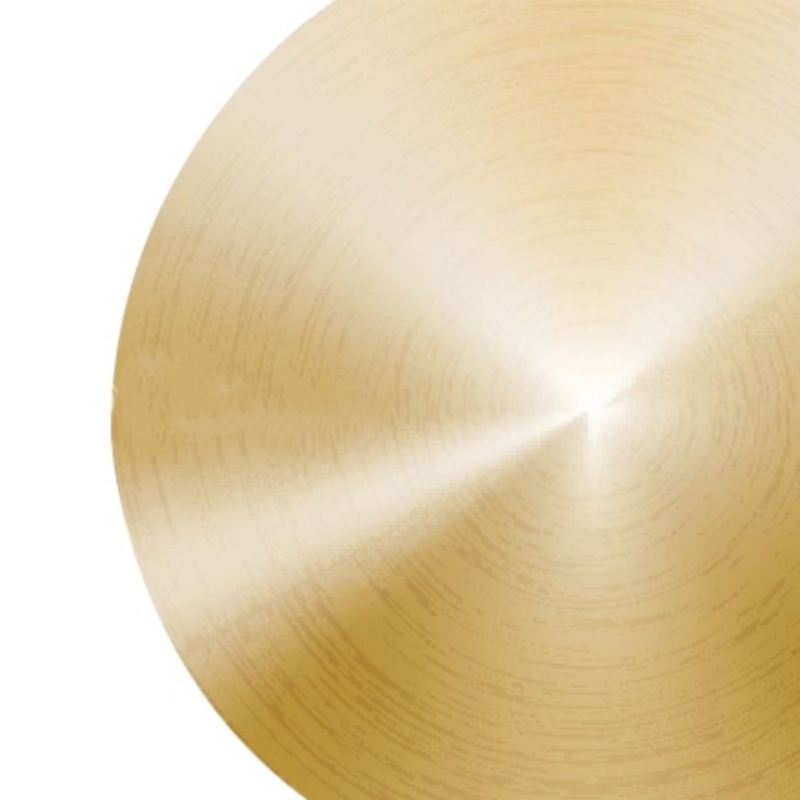Expansion Alloy 4J42 (Invar 42) is a high-performance material known for its excellent thermal expansion properties, mechanical strength, and compatibility with glass and ceramics. This alloy is widely used in various industries, including electronics, aerospace, and telecommunications, where it serves in critical components exposed to demanding environments. Its unique properties make it ideal for applications requiring durability, reliability, and high performance.
Product Overview
4J42 (Invar 42) is an iron-nickel constant expansion alloy widely used in the electrical vacuum industry, particularly for sealing with soft glass or corresponding ceramics. This alloy features a stable linear expansion coefficient within a specific temperature range, effectively preventing stress concentration at the sealing joints during temperature fluctuations, ensuring the stability and reliability of the equipment.
Features
- Stable Expansion Coefficient: Exhibits a stable linear expansion coefficient, suitable for applications requiring high-precision expansion matching.
- Excellent Sealing Performance: Provides good sealing performance, enabling stable sealing with soft glass or ceramic materials.
- High Mechanical Strength and Stability: Suitable for environments with significant temperature changes, offering strong mechanical strength and stability.
- Good High-Temperature Resistance: Ensures long-term stable use even in high-temperature conditions.
Applications
- Electrical Vacuum Industry: Used for precise sealing with soft glass or ceramics.
- Electronic Sealing: Ideal for electronic devices requiring high precision and stable expansion properties.
- Precision Instruments: Widely used in the manufacture of precision instruments that require high expansion matching and stability.
| C | P | S | Mn | Si | Al | Co | Ni | Fe |
| Not more than(≤) | ||||||||
| 0.05 | 0.02 | 0.02 | 0.8 | 0.3 | 0.1 | 1 | 41.5-42.5 | Balance |
| Heat Treatment Procedure | Average Linear Expansion Coefficient (ā)/(10-6/℃) | |
| 20-300℃ | 20-450℃ | |
| Heat the sample in a hydrogen atmosphere to 900°C ± 20°C and hold for 1 hour. Then, cool the sample to below 200°C at a rate not exceeding 5°C per minute before removing it from the furnace. | 4.0-5.0 | 6.5-7.5 |
Submit Your RequirementsWe will contact you within 24 hours.
 WOBO Scientific Research New Materials One-Stop Service Platform
WOBO Scientific Research New Materials One-Stop Service Platform











